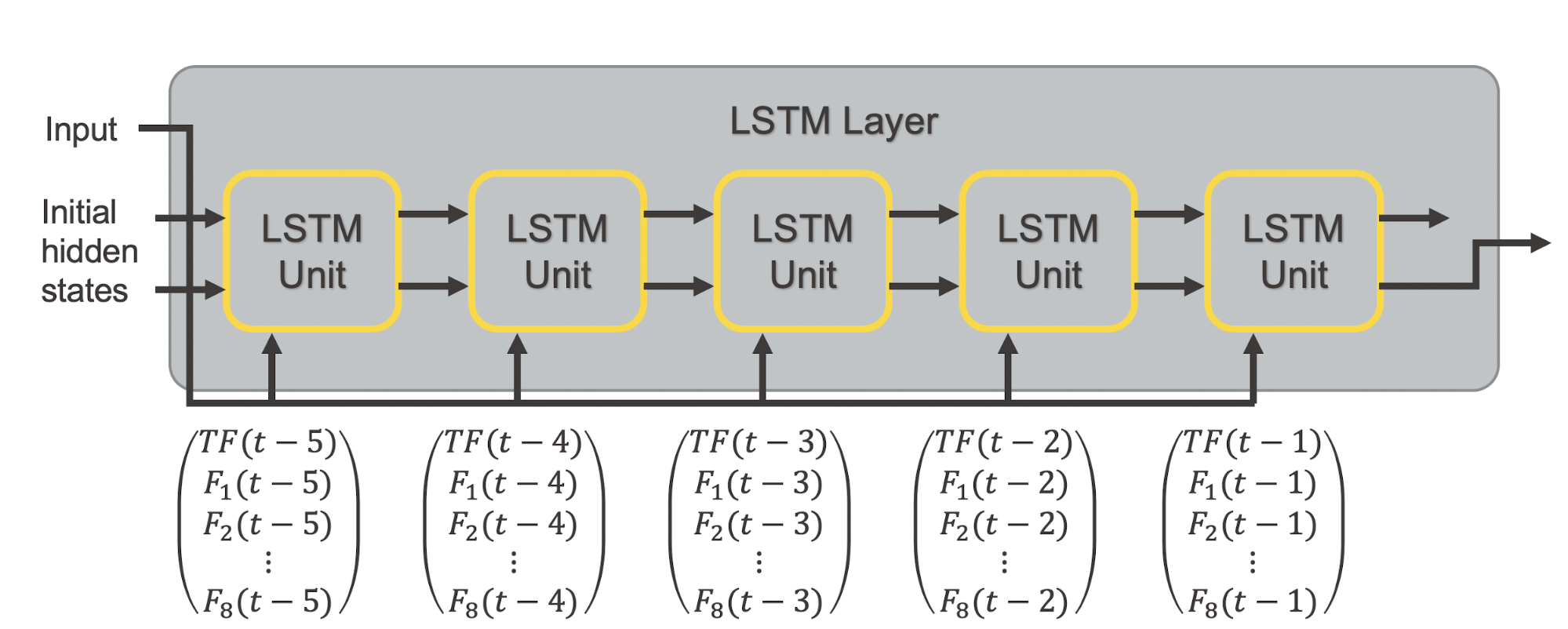
Multivariate Time Series Forecasting With Lstm In Tensorflow 2 0 Vrogue
9 I am trying to do multi-step time series forecasting using multivariate LSTM in Keras. Specifically, I have two variables (var1 and var2) for each time step originally. Having followed the online tutorial here, I decided to use data at time (t-2) and (t-1) to predict the value of var2 at time step t.

Keras Lstm Tutorial Time Series Tutorial
What makes Time Series data special? Forecasting future Time Series values is a quite common problem in practice. Predicting the weather for the next week, the price of Bitcoins tomorrow, the number of your sales during Chrismas and future heart failure are common examples.

Time Series Forecasting with LSTMs using TensorFlow 2 and Keras Time series, Deep learning
Multiple Input Series. Multiple Parallel Series. Multi-Step LSTM Models Data Preparation Vector Output Model Encoder-Decoder Model Multivariate Multi-Step LSTM Models Multiple Input Multi-Step Output. Multiple Parallel Input and Multi-Step Output. Univariate LSTM Models LSTMs can be used to model univariate time series forecasting problems.
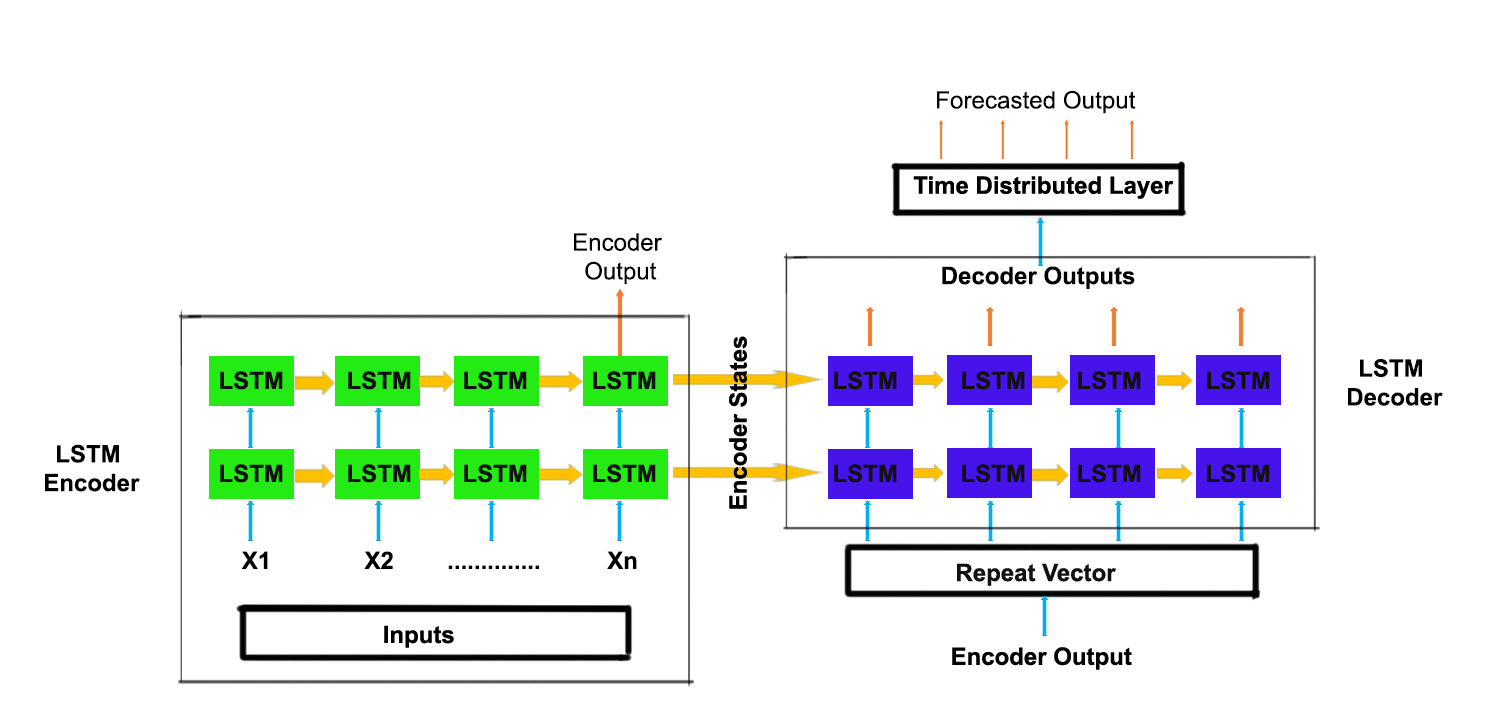
Multivariate Time Series Forecasting With Lstms In Keras Machine Vrogue
Multivariate time-series forecasting with Pytorch LSTMs. In a previous post, I went into detail about constructing an LSTM for univariate time-series data. This itself is not a trivial task; you need to understand the form of the data, the shape of the inputs that we feed to the LSTM, and how to recurse over training inputs to produce an.
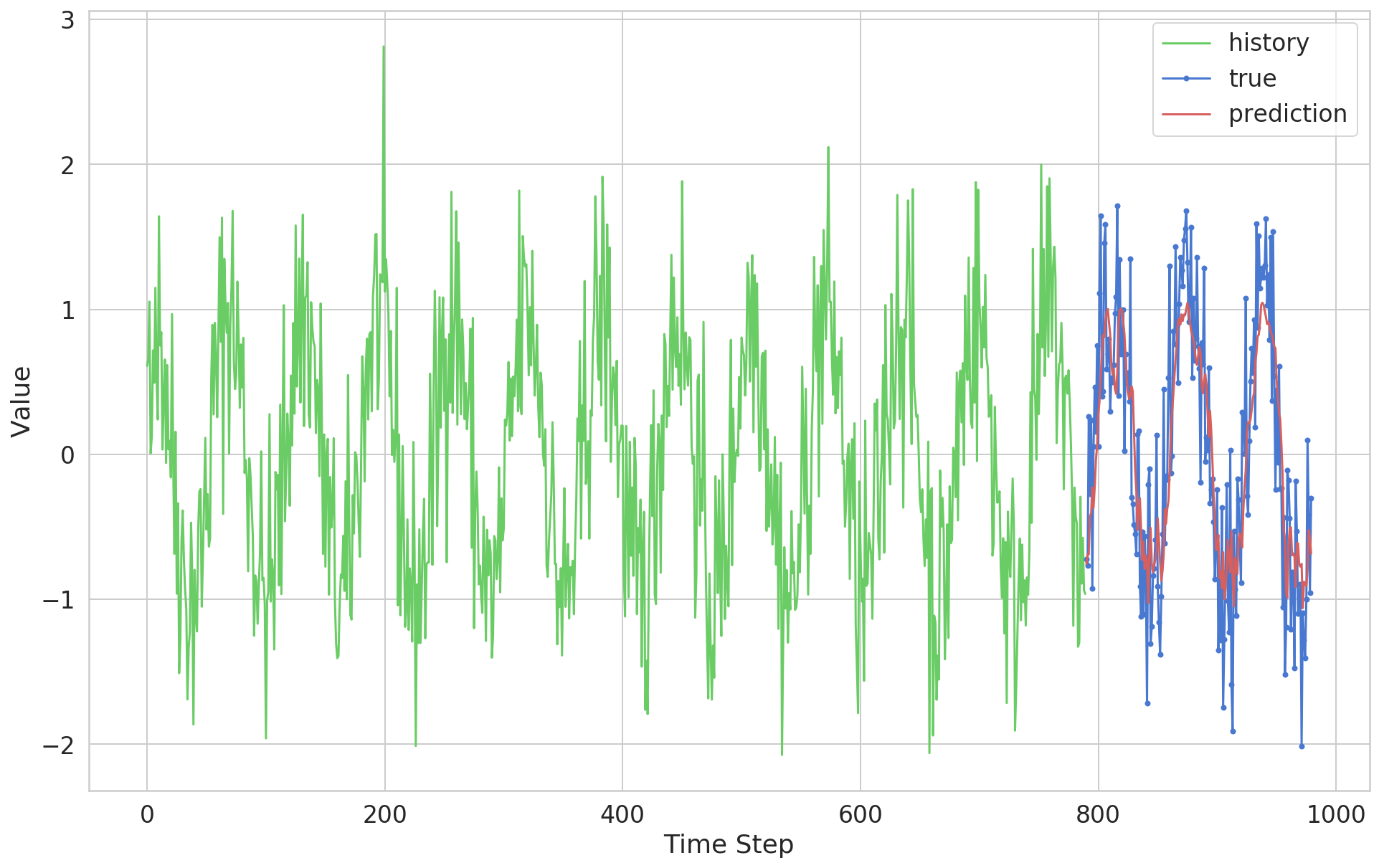
Multivariate Time Series Forecasting With Lstms In Keras Machine Vrogue
#Multivariate Time Series Forecasting with LSTMs in Keras. We will frame the supervised learning problem as predicting the pollution at the current hour (t) given the pollution measurement and weather conditions at the prior time step. This formulation is straightforward and just for this demonstration.
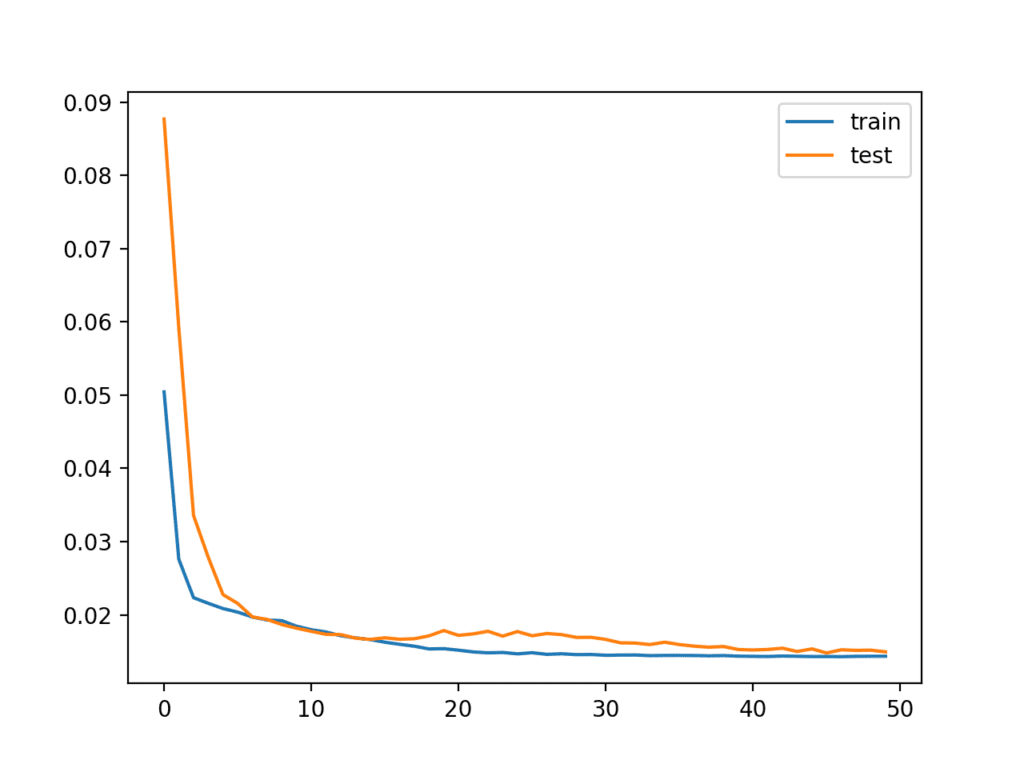
Multivariate Time Series Forecasting with LSTMs in Keras
GitHub - mounalab/Multivariate-time-series-forecasting-keras: This project provides implementations with Keras/Tensorflow of some deep learning algorithms for Multivariate Time Series Forecasting: Transformers, Recurrent neural networks (LSTM and GRU), Convolutional neural networks, Multi-layer perceptron Terms Privacy Docs Contact GitHub Support
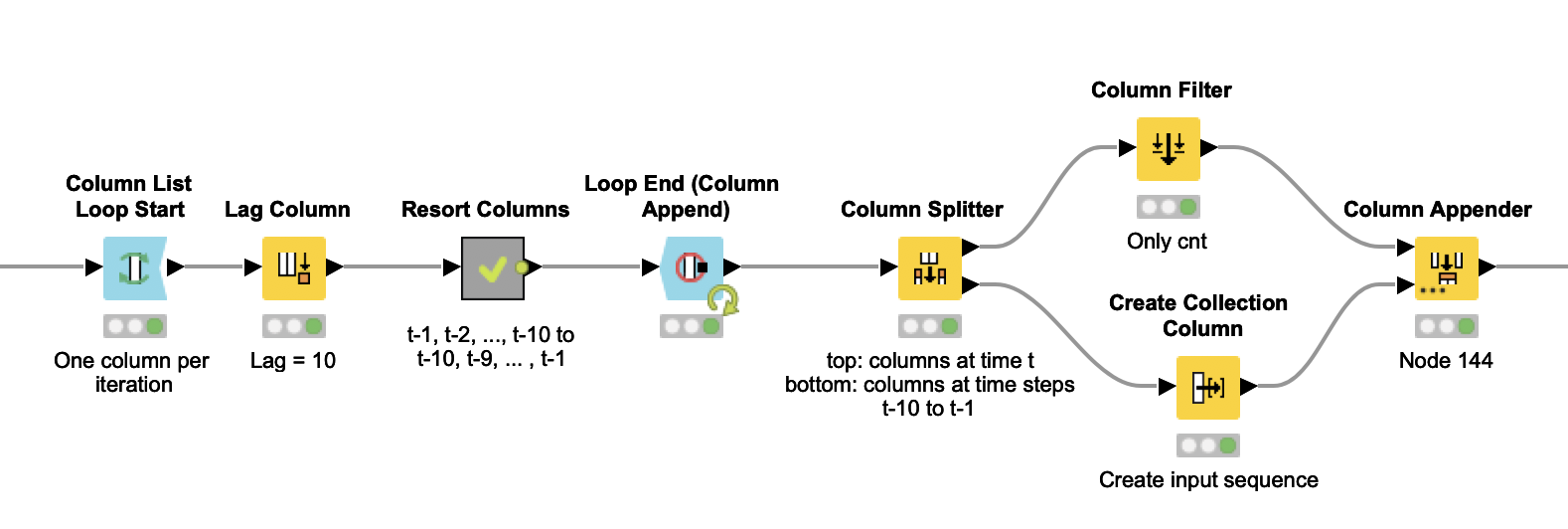
Multivariate Time Series Forecasting With Lstms In Keras Machine Vrogue
Multivariate Time Series Forecasting with LSTMs in Keras By Jason Brownlee on October 21, 2020 in Deep Learning for Time Series 2,737 Neural networks like Long Short-Term Memory (LSTM) recurrent neural networks are able to almost seamlessly model problems with multiple input variables.
GitHub ChristineWeitw/RNNMultivariateTimeSeriesForecastingwithLSTMsinKeras Using Long
-1 So I have been using Keras to predict a multivariate time series. The dataset is a pollution dataset. The first column is what I want to predict and the remaining 7 are features. Dataset can be found here: https://github.com/sagarmk/Forecasting-on-Air-pollution-with-RNN-LSTM/blob/master/pollution.csv
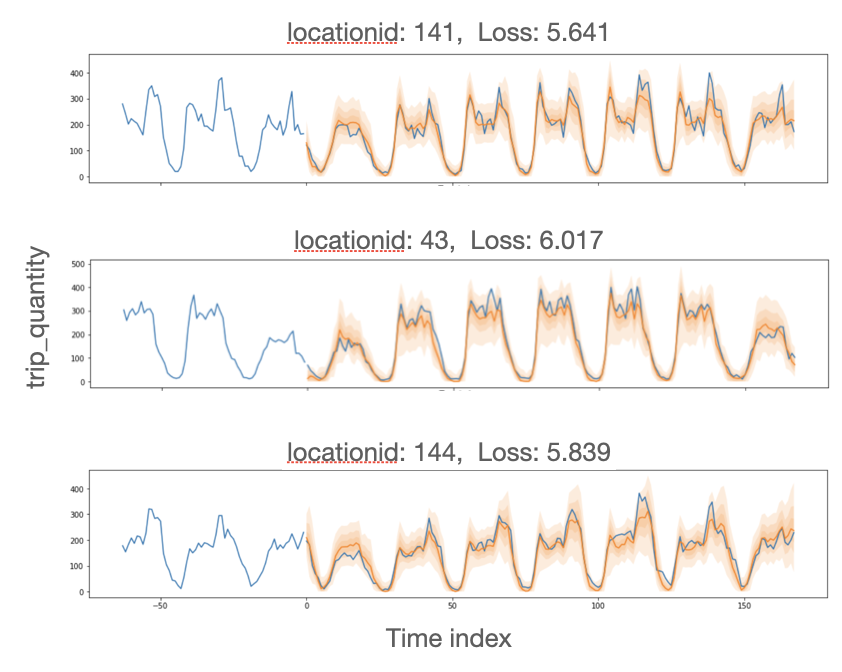
Time Series Forecasting using an LSTM version of RNN with PyTorch Forecasting and Torch
Overview This article will see how to create a stacked sequence to sequence the LSTM model for time series forecasting in Keras/ TF 2.0. Prerequisites: The reader should already be familiar with neural networks and, in particular, recurrent neural networks (RNNs). Also, knowledge of LSTM or GRU models is preferable.
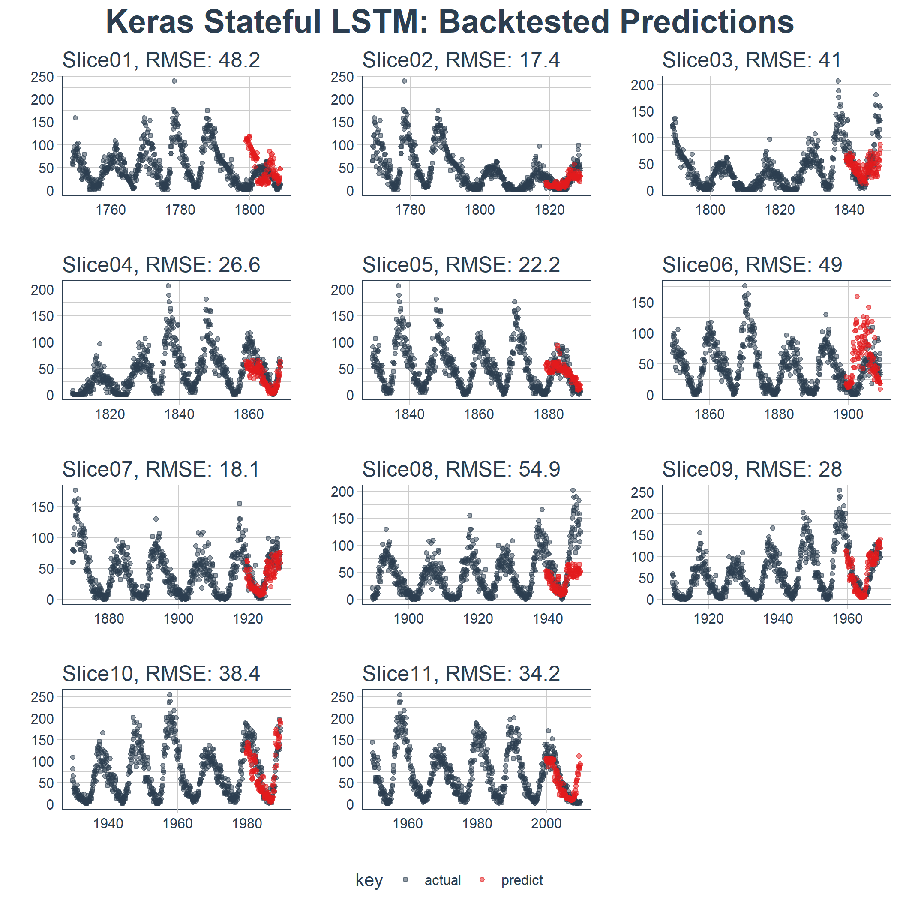
Keras Lstm Tutorial Time Series Tutorial
from pandas import read_csv: from datetime import datetime: def parse(x): return datetime.strptime(x, '%Y %m %d %H') dataset = read_csv('raw.csv', parse_dates=[['year.

Multivariate Time Series Forecasting with LSTMs in Keras
Time series prediction problems are a difficult type of predictive modeling problem. Unlike regression predictive modeling, time series also adds the complexity of a sequence dependence among the input variables. A powerful type of neural network designed to handle sequence dependence is called a recurrent neural network. The Long Short-Term Memory network or LSTM network is a type of.

End to End Multivariate Time Series Modeling using LSTM YouTube
As commonly known, LSTMs ( Long short-term memory networks) are great for dealing with sequential data. One such example are multivariate time-series data. Here, LSTMs can model conditional distributions for complex forecasting problems. For example, consider the following conditional forecasting distribution: p ( y t + 1 ∣ y t) = N ( y t + 1.

Multivariate Time Series Forecasting with LSTM in Tensorflow 2.0 / Keras Time series, Forecast
Using LSTM networks for time series prediction and interpreting the results. Forecasting, making predictions about the future, plays a key role in the decision-making process of any company that wants to maintain a successful business. This is due to the fact that success tomorrow is determined by the decisions made today, which are based on.

lstm timeseries multivariate LSTM Multivariate Time Series Forecasting in Keras YouTube
First, let's have a look at the data frame. data = pd.read_csv ('metro data.csv') data. Check out the trend using Plotly w.r.to target variable and date; here target variable is nothing but the traffic_volume for one year. Some of the variables are categorical. So we have to use LabelEncoder to convert it into numbers and use MinMaxScaler to.

Multivariate Time Series Forecasting With Lstms In Keras Lstm Timeseries Tuner The Blue
LSTM is a type of Recurrent Neural Network (RNN) that allows the network to retain long-term dependencies at a given time from many timesteps before. RNNs were designed to that effect using a simple feedback approach for neurons where the output sequence of data serves as one of the inputs.

Multivariate Time Series Forecasting with LSTM using PyTorch and PyTorch Lightning (ML Tutorial)
In "multivariate (as opposed to "univariate") time series forecasting", the objective is to have the model learn a function that maps several parallel "sequences" of past observations.